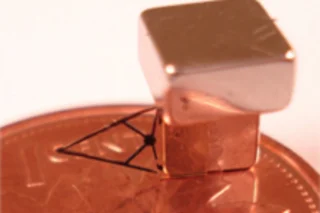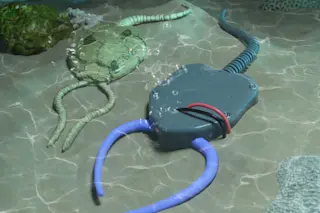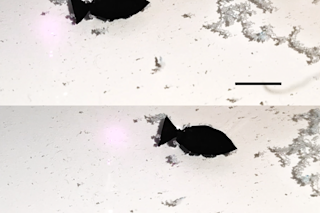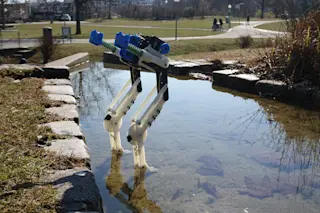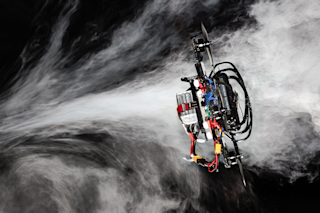Teaching robots to walk was a piece of cake. But getting them to fly seemed much more difficult— until now. Say hello to the world's first flying microbot! Researchers at University of Waterloo built a prototype microrobot for maneuverability, powered it with a magnetic field, and used cameras and laser sensors to watch it hover softly over surfaces. Having the robot fly was a feat in and of itself, but engineering professor Behrad Khamesee tackled it knowing that the payoffs would be huge if the bot could help researchers move objects with more precision in the microscale environment. A computer tracks the robot’s every flutter as it fetches objects on command, grabbing them with its microgrippers. When an externally controlled laser beam is turned on, the microgrippers heat up and open, and when the laser is off, they cool down and close. In the absence of electronic wires to control ...
Microbot Can Grab and Move Tiny Objects...Not to Mention Fly
Discover the world's first flying microbot, designed to handle what humans can't grasp in a microscale environment.
More on Discover
Stay Curious
SubscribeTo The Magazine
Save up to 40% off the cover price when you subscribe to Discover magazine.
Subscribe

